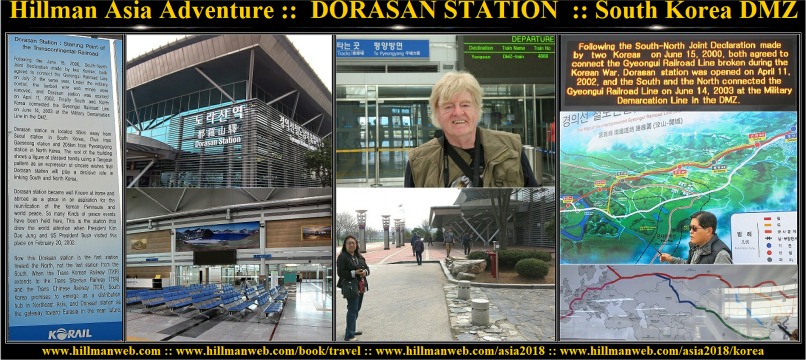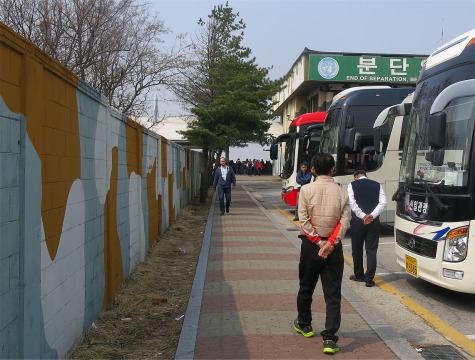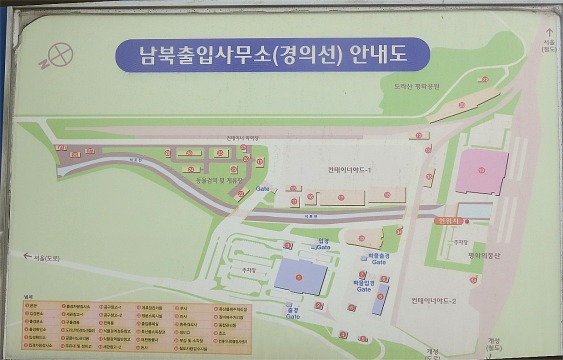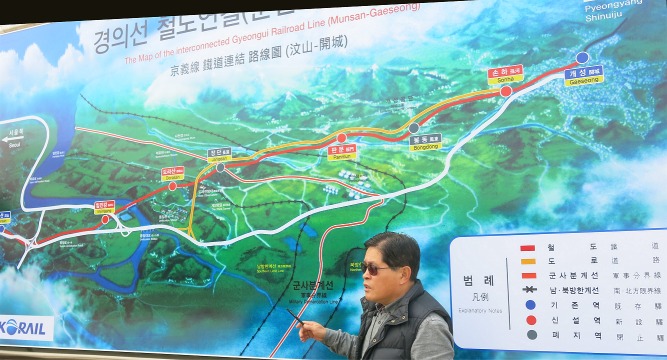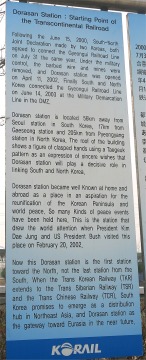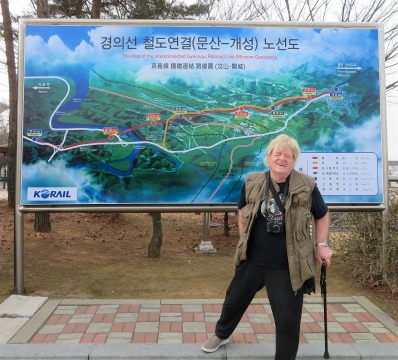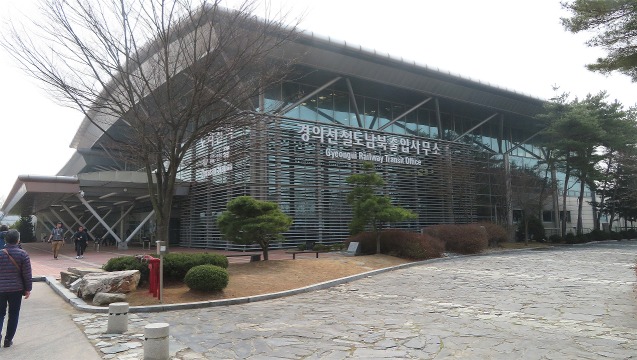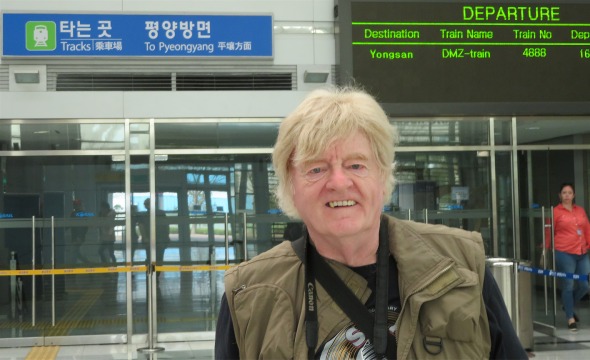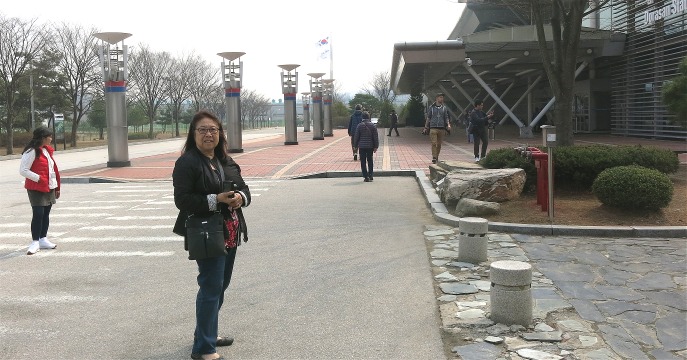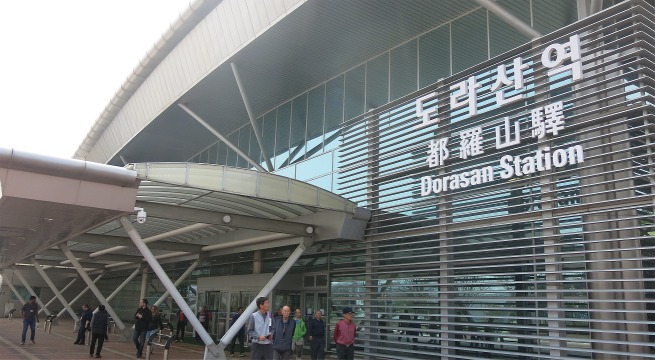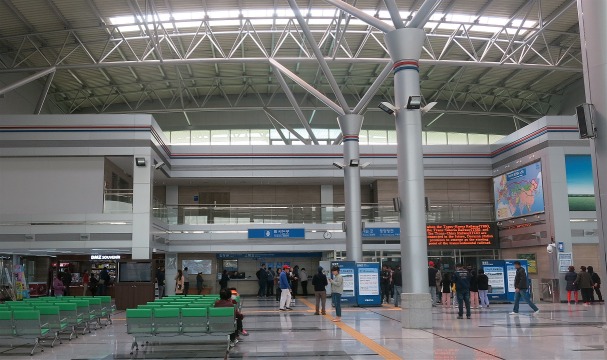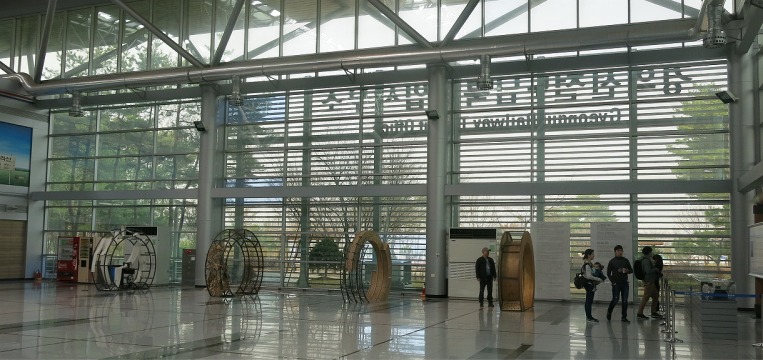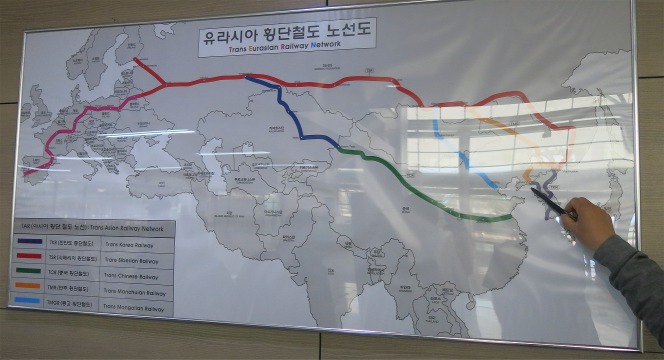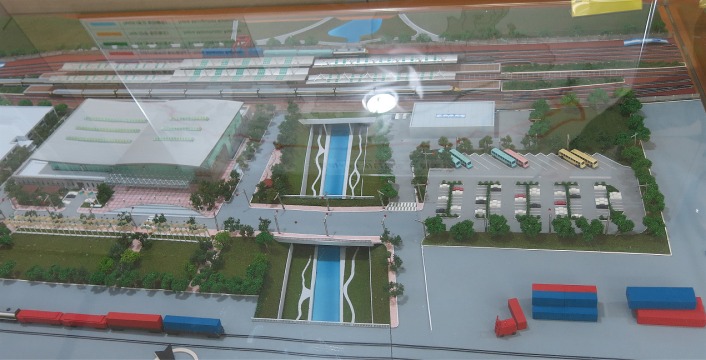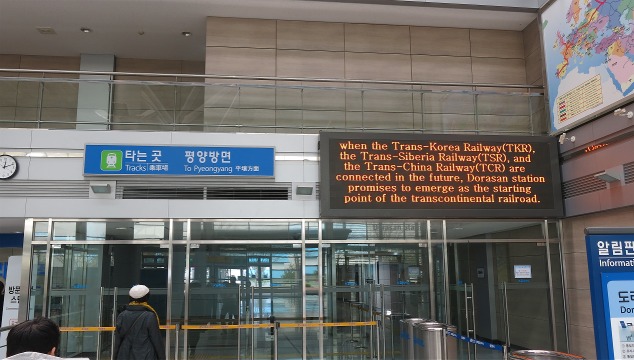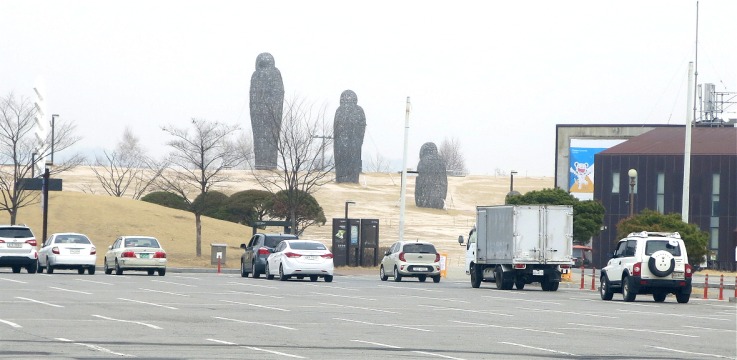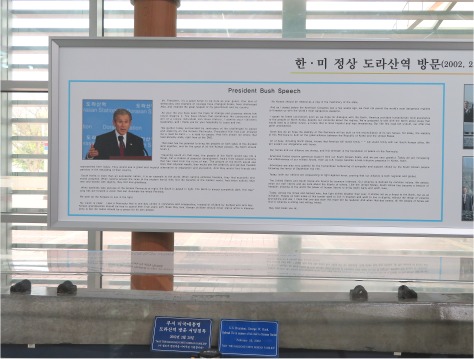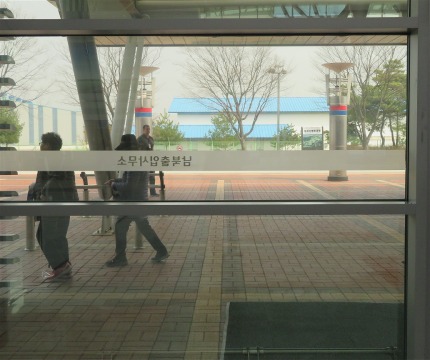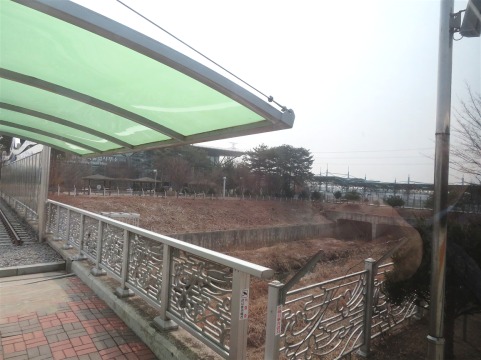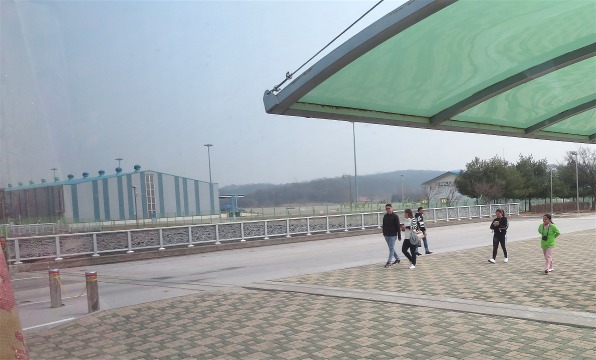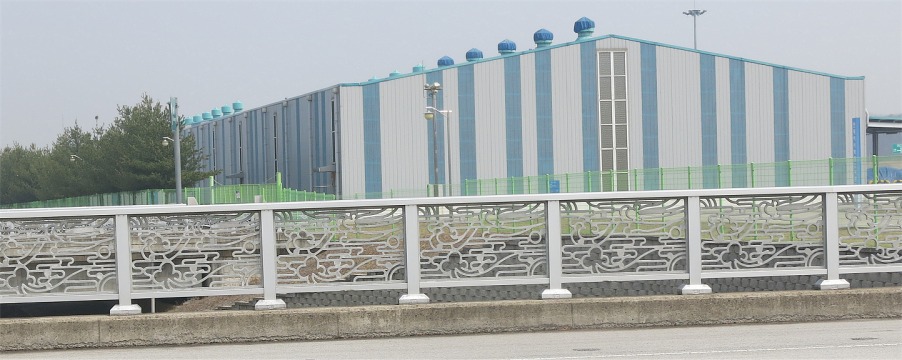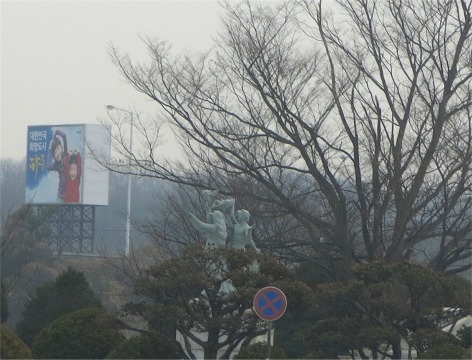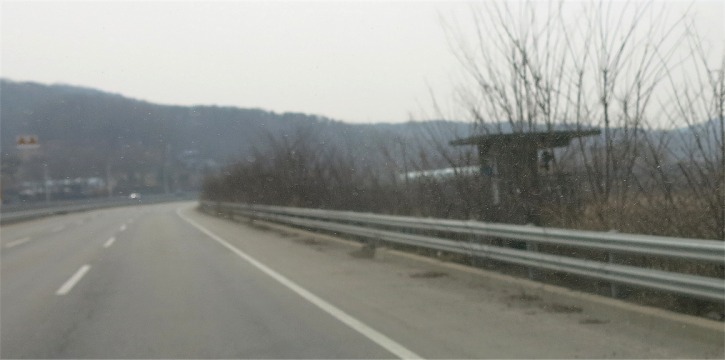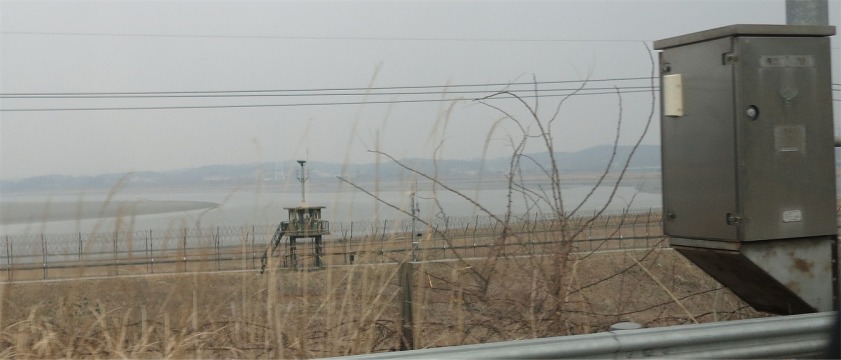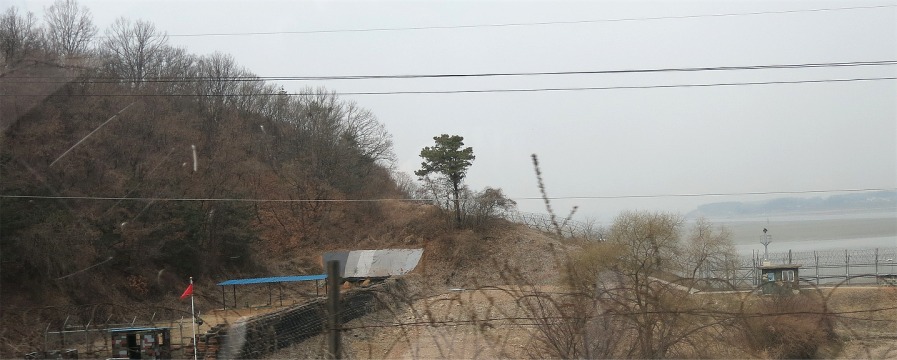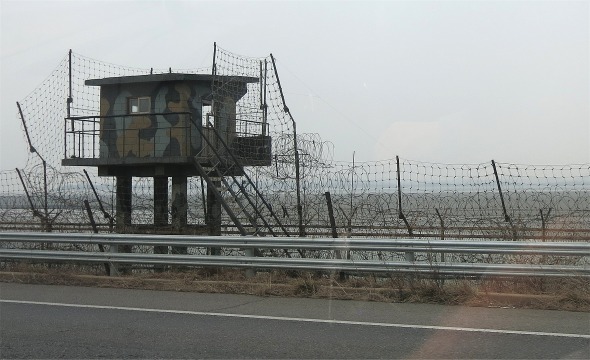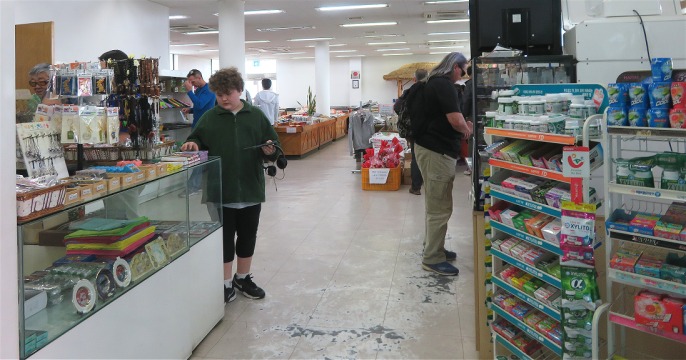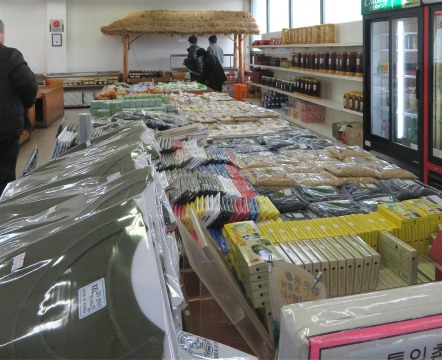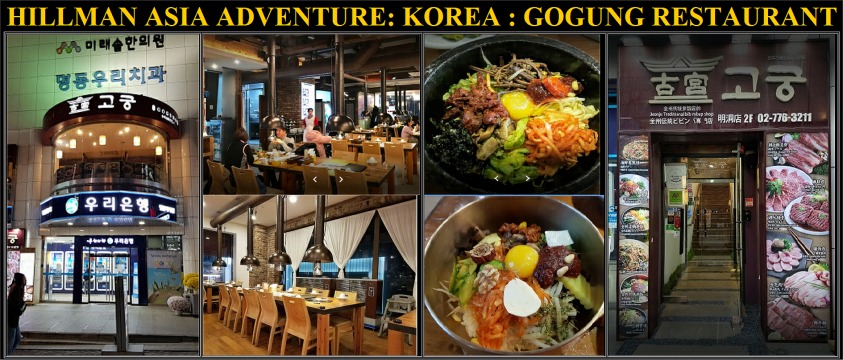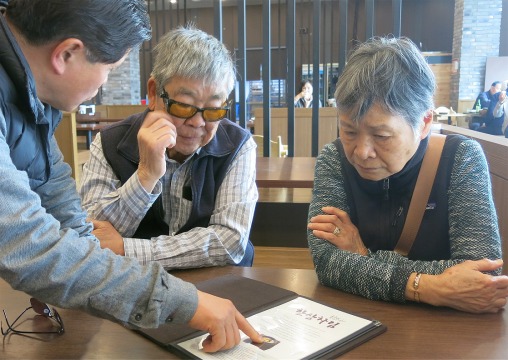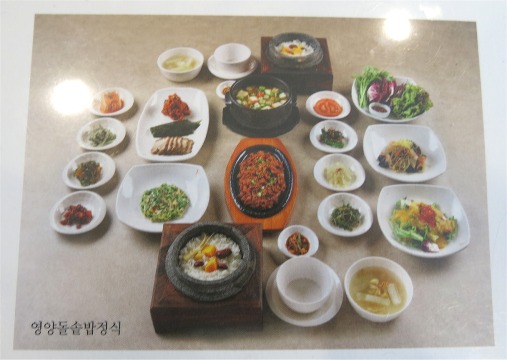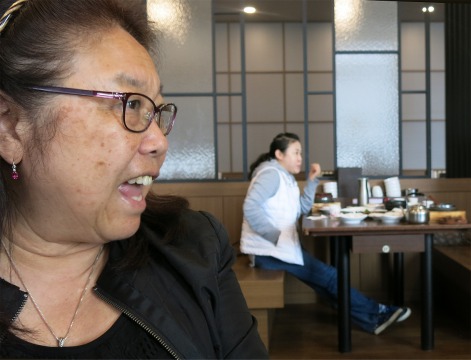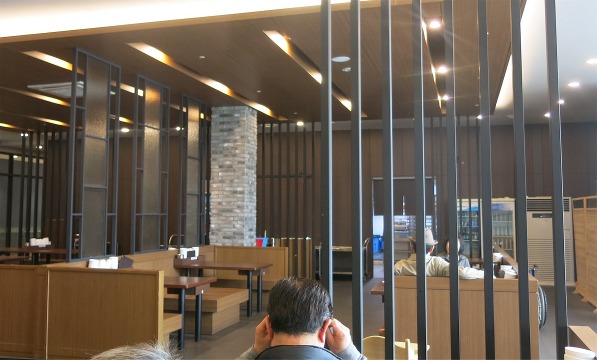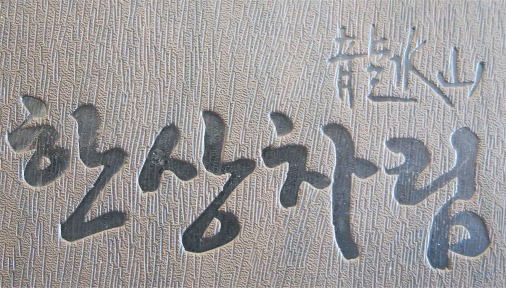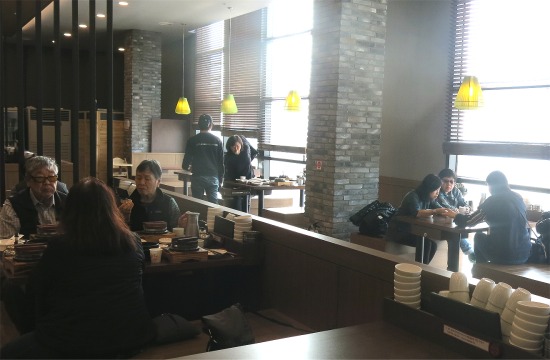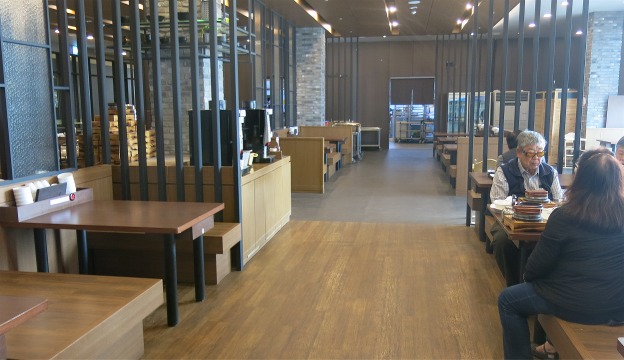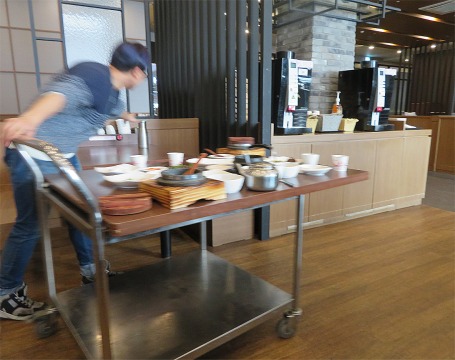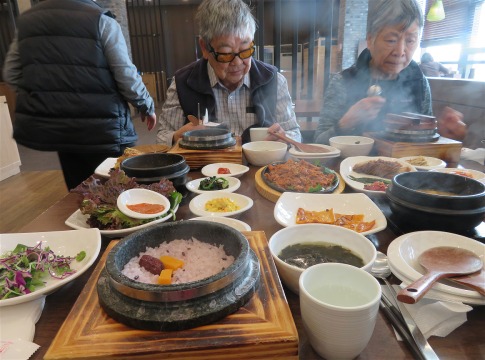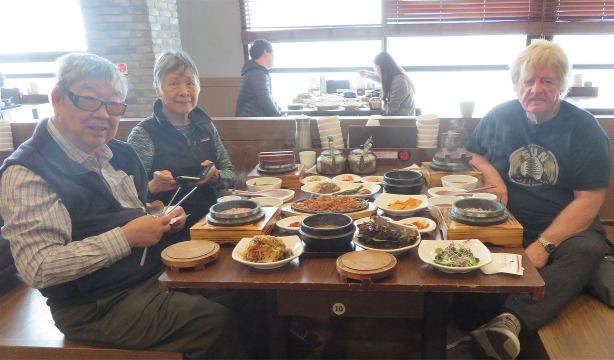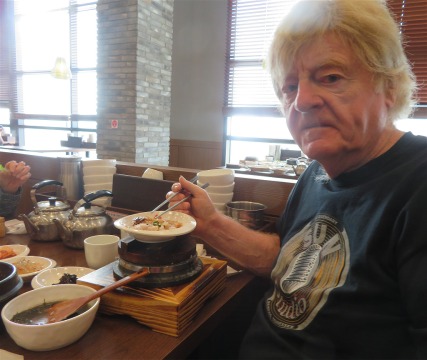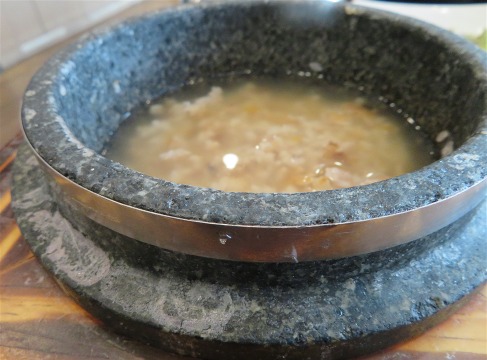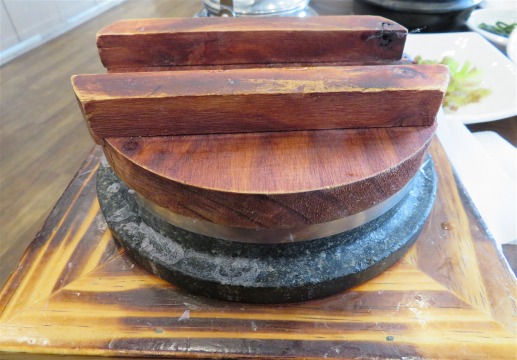Dorasan Station
Dorasan Station is a railway station situated on the Gyeongui
Line, which used to connect North Korea and South Korea and has since been
restored. Dorasan Station is located approximately 650 meters from the
southern boundary of the Korean Demilitarized Zone and is currently the
northern terminus of Korail's Gyeongui Line, which is served by Tonggeun
commuter trains.
North of here the former Gyeongui Line continues as
the Korean State Railway's P'yngbu Line, but this connection is not in
regular service. The current purpose of the station is largely symbolic
of the hope for eventual Korean reunification.
Civilian Control Zone
The buffer zone that falls south of the Southern Limit
Line is called the Civilian Control Zone. Barbed wire fences and manned
military guard posts mark the Civilian Control Line. The Civilian Control
Zone is necessary for the military to monitor civilian travel to tourist
destinations close to the Southern Limit Line of the DMZ like the discovered
infiltration tunnels and tourist observatories. Usually when traveling
within the Civilian Control Zone, South Korean soldiers accompany tourist
buses and cars as armed guards to monitor the civilians as well as to protect
them from North Korean intruders.
The CCL fence acts more as a deterrent for South Korean
civilians from getting too close to the dangerous DMZ and is also the final
barrier for North Korean infiltrators if they get past the Southern Limit
Line DMZ fence.
Right after the ceasefire, the Civilian Control Zone
outside the DMZ encompassed 100 or so empty villages. The government implemented
migration measures to attract settlers into the area. As a result, in 1983,
when the area delineated by the Civilian Control Line was at its largest,
a total of 39,725 residents in 8,799 households were living in the 81 villages
located within the Civilian Control Zone.
